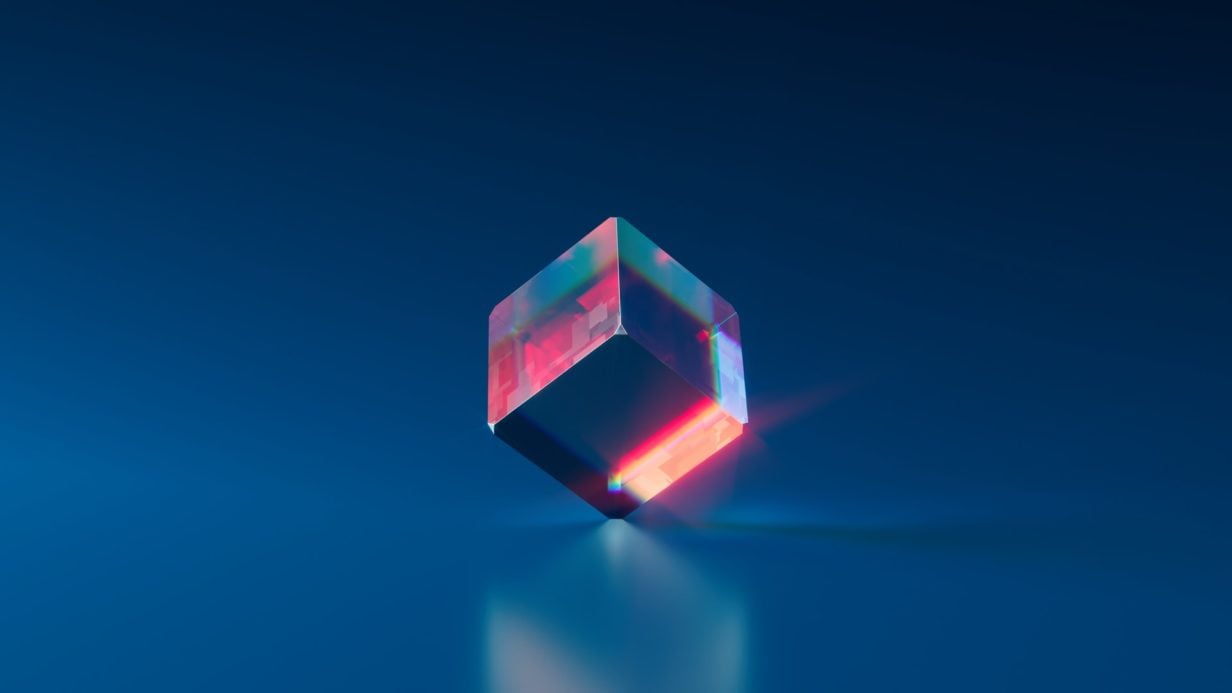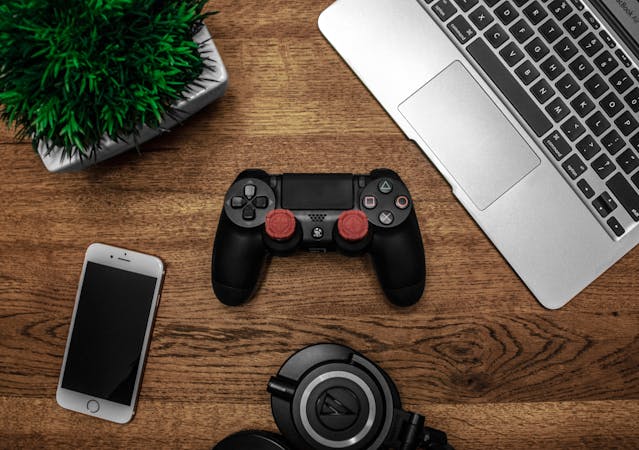It is natural to look at a 3D print that has failed and think, “I can do better,”though we are all faced with fixing sub-par prints from time to time. There are many circumstances for printed plastic parts not turning outright, but there are ways that you can improve the quality of your prints.
We have compiled four tips that will help you improve the quality of your 3D printed parts. Though not everything on this list will apply in every case, they each come in handy when it does happen.
Use A Course Sandpaper To Smooth Out Your Prints
There are some cases where a model may be over-extruded, or perhaps the filament was jammed and cause excessive pressure that deformed the object. Whatever it is, there will be errors in the print surface. You can use coarse sandpaper (about #80 grit) to gently smooth out your prints for these cases.
The sandpaper should be very lightly applied and used in circular motions. It will take a little while, but you will get the desired smooth surface. However, you do not want to use too much pressure either, as you can risk deforming your print further or even tearing it apart.
This step allows for an overall smoothing of the surface and is especially useful when printing very tiny parts that have suffered from layer alignment errors.
Lower The Temperature Of Your Print Head And Filament
This tip is mainly for ABS plastic users. ABS filament should not be printed above 240-250° C, or else it will begin to warp and deform, even with a heated bed! If you must push past this temperature limit, do so at your own risk!
If you want to lower your temperature and have very high layer heights or small details on your model, this advice may not apply as much since both factors increase the amount of time the printer will spend on each layer. With lower layer heights and higher temperatures, you can get complete layers faster, resulting in less warping when moving to the next layer.
Increase Your Printer’s Diameter Gaps And Filament Dry Time
If you have gaps between your print surface and where it touches a build plate or bed, there will be some deformation present that won’t show up until after the plastic has had enough time to cool down (ex: an hour+). When this happens, cleanup and re-deforming the model become very tedious; however, it can be avoided with this tip.
There is a setting in your slicer software to change the diameter of the gaps between the part and printer bed or build plate. These are known as ‘Gaps,’ and they usually default to 0.4mm for most slicers; but, using a larger gap will give you some room if there is any distortion between layers.
Adjusting this value may also help with model adhesion, especially when printing tiny models with thin legs or too large of an overhang angle; otherwise, it will have trouble sticking and breaking off relatively easily. For this reason, it’s better to do this first before putting material down on your printer bed, especially if you’re not building a heated platform (we still recommend getting one, though).
Print In A Bigger Layer Size
With finer details come smaller printed layers. This is where layer adhesion comes into play; having more layers distributed across the surface area of an object can improve print quality and reduce deformation. To do this, you will need to make sure that your printer is calibrated for the correct extrusion amount per layer.
These are just some general tips to help you improve the quality of your prints.



